Acne Charcoal | Organic Soap | Handmade Soap
Acne Charcoal | Organic Soap | Handmade Soap
Couldn't load pickup availability
Say goodbye to harsh treatments and hello to clarity — naturally.
Our Acne Charcoal Bar is a thoughtfully crafted, skin-balancing soap designed to support acne-prone and oily skin with the purifying power of activated charcoal and organic tea tree essential oil.
Nutrients in this soap help nourish the skin barrier, reduce inflammation, and promote balanced hydration — essential for skin that's healing from breakouts.
Infused with organic olive oil, coconut oil, and argan oil, this bar creates a creamy yet non-greasy lather that lifts away dirt and excess oils without over-drying. The addition of activated charcoal gently draws out impurities from pores, while tea tree oil brings its renowned antibacterial and anti-inflammatory properties to help calm blemishes and prevent future flare-ups.
🌿 Why You’ll Love It:
- Helps clarify congested and blemish-prone skin
- Balances oil production without stripping moisture
- Made with certified organic oils
- Tea tree oil fights bacteria naturally
- No synthetic fragrance, colorants, or preservatives
- Cold processed in small batches for purity and potency
Ingredients:
- Organic Olive oil
- Organic Sweet Almond oil
- Organic Coconut oil
- Organic Shea butter
- Organic Cocoa butter
- Organic Tea tree essential oil
- Activated charcoal
- Distilled water
- Citric acid*
- Sodium hydroxide**
*🍋 What’s Citric Acid Doing in My Soap?
Citric acid is a natural compound found in fruits like lemons and limes. In soapmaking, it reacts with a small amount of sodium hydroxide to create a natural chelator — a helpful ingredient that binds to minerals in water and helps prevent soap scum.
This makes your soap last longer, rinse cleaner, and feel even better on your skin — no harsh chemicals needed.
**🧼 Why Is Sodium Hydroxide in Soap?
Sodium hydroxide (also known as lye) is a natural and essential ingredient in traditional soapmaking. It might sound strong, but here’s the truth: without sodium hydroxide, there is no soap. It’s what allows oils and butters to transform through a process called saponification — the magical chemical reaction that creates real soap.
Rest assured, no sodium hydroxide remains in the final product. Once saponification is complete, it’s all gone — leaving behind only gentle, nourishing soap that’s safe for your skin and made with care.
Share
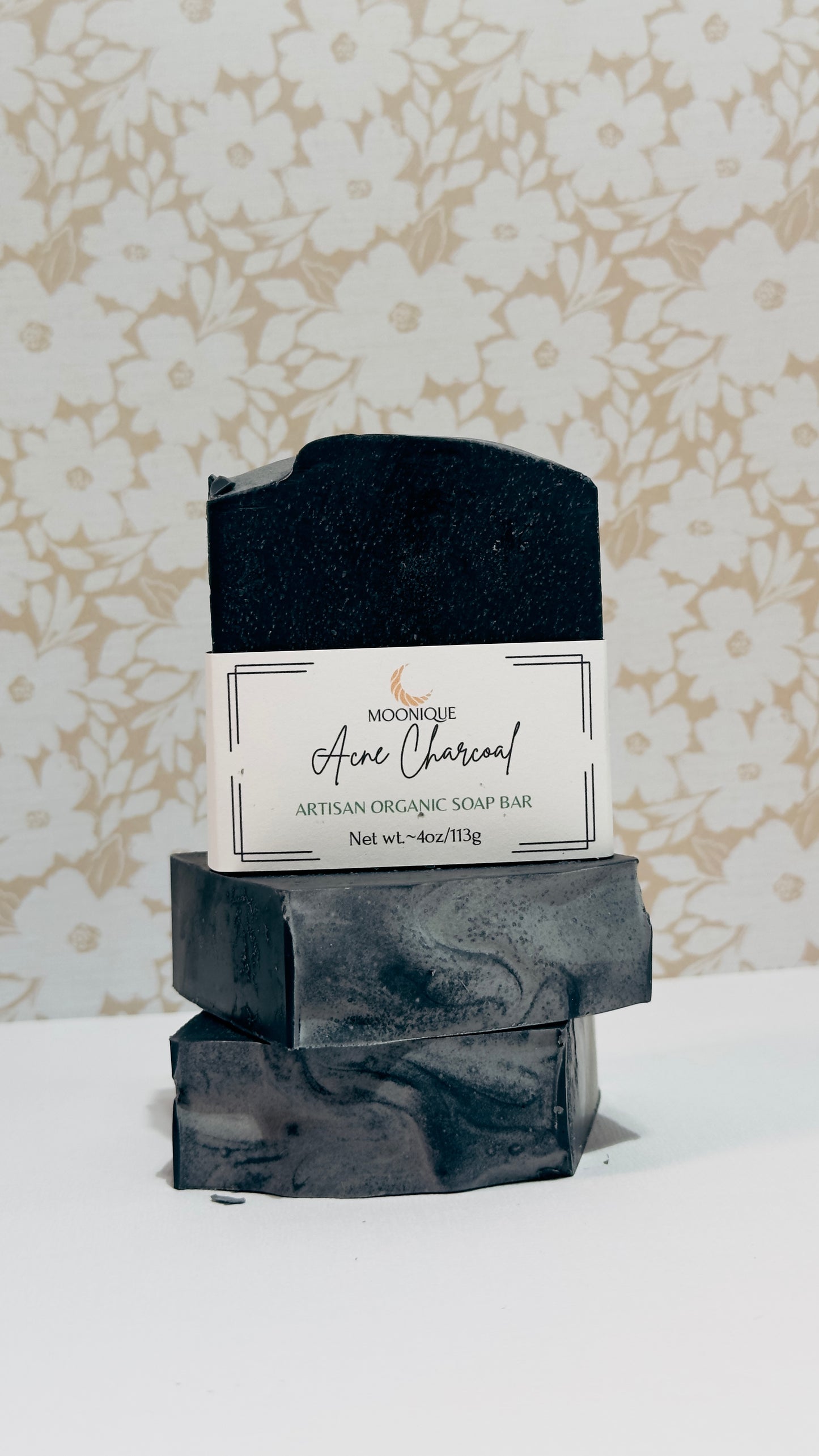



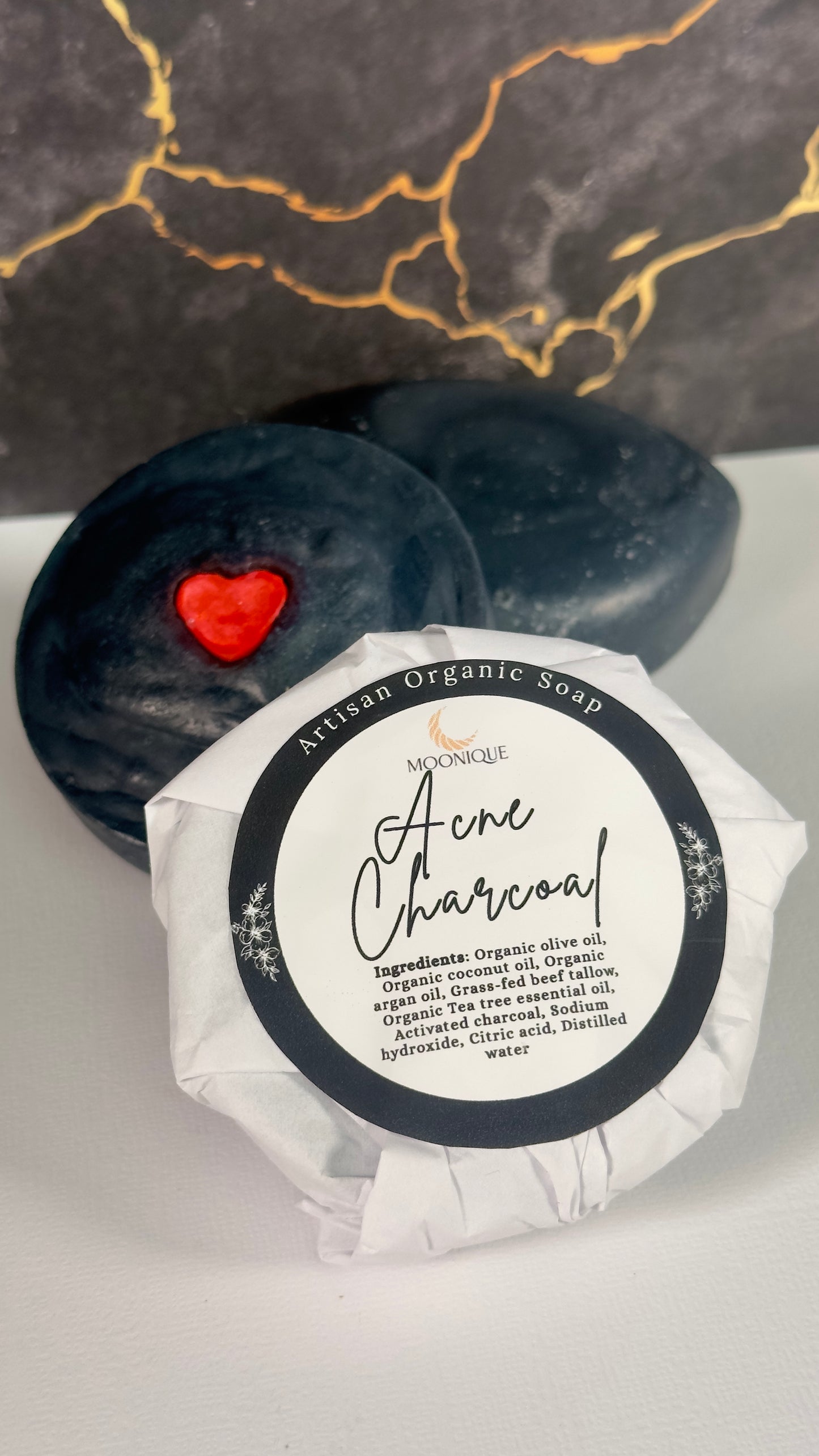
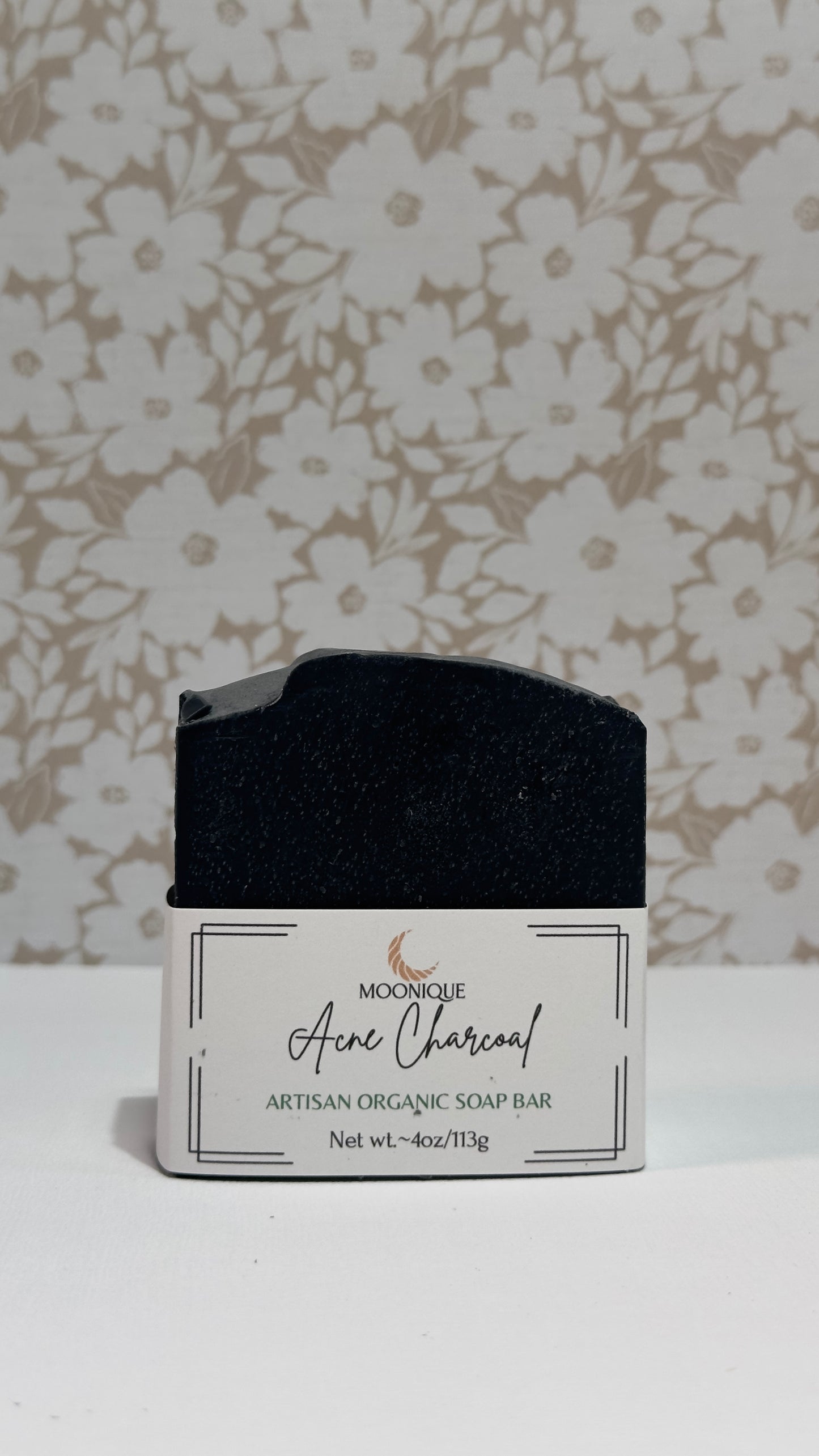
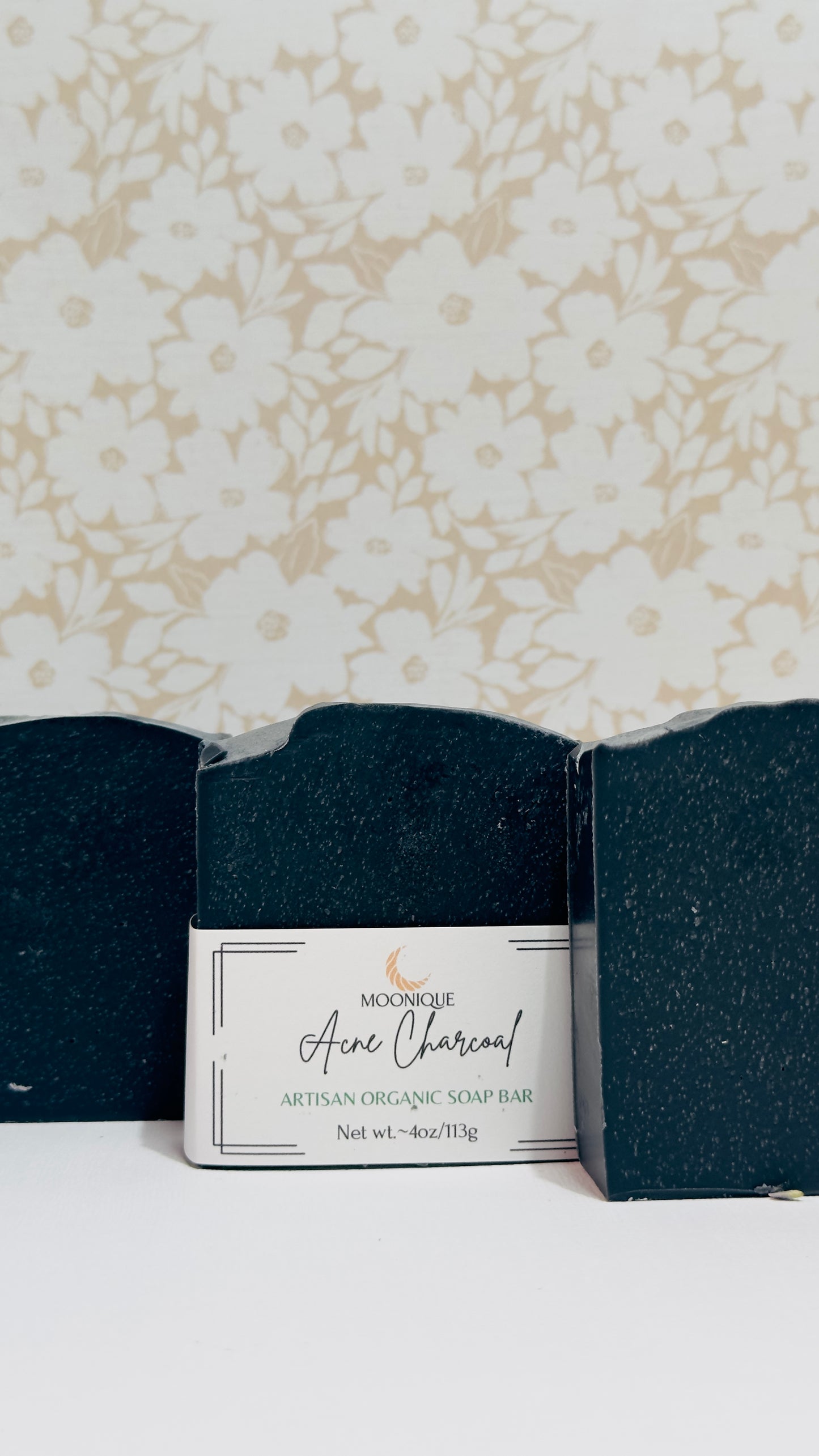
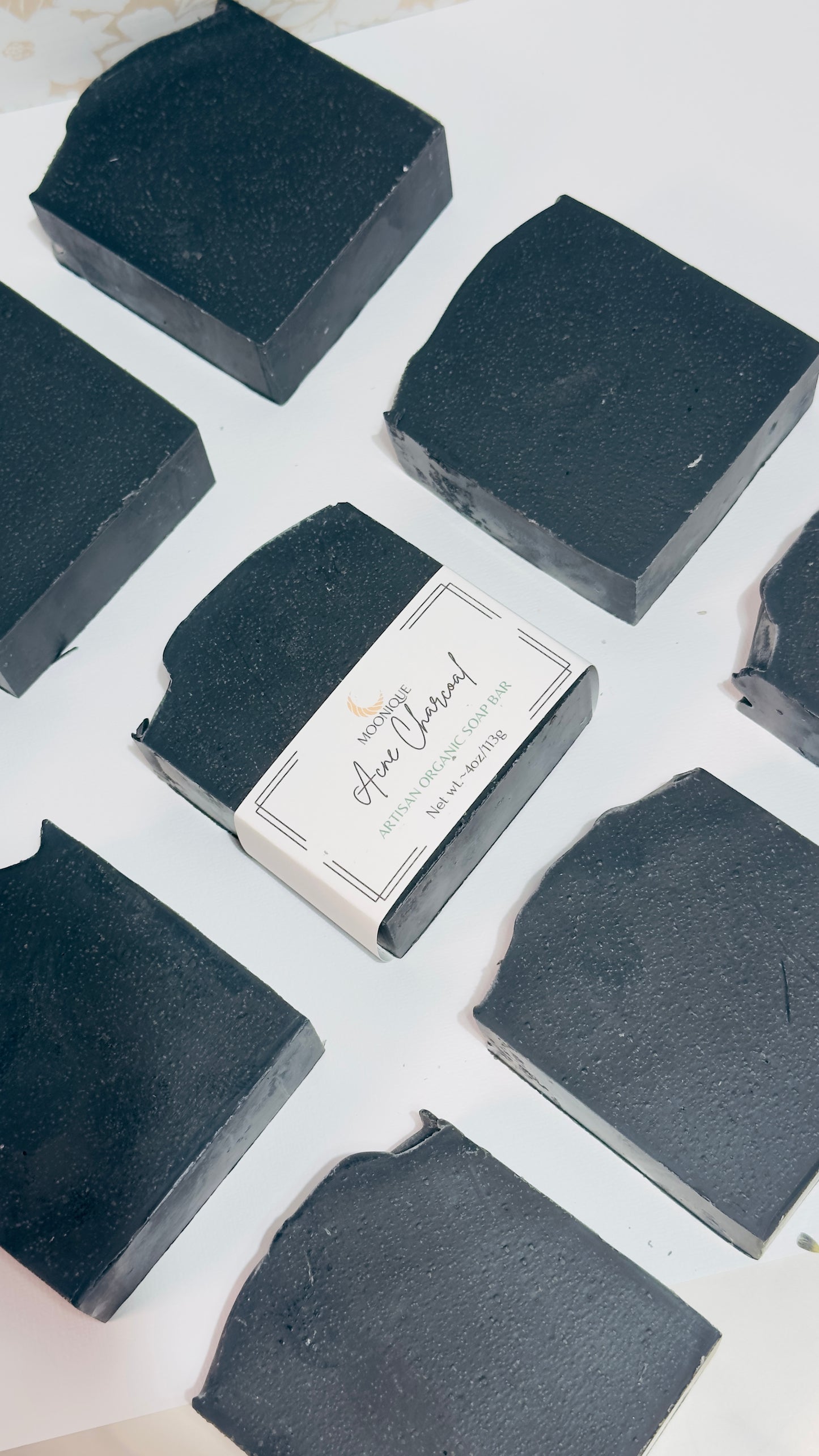
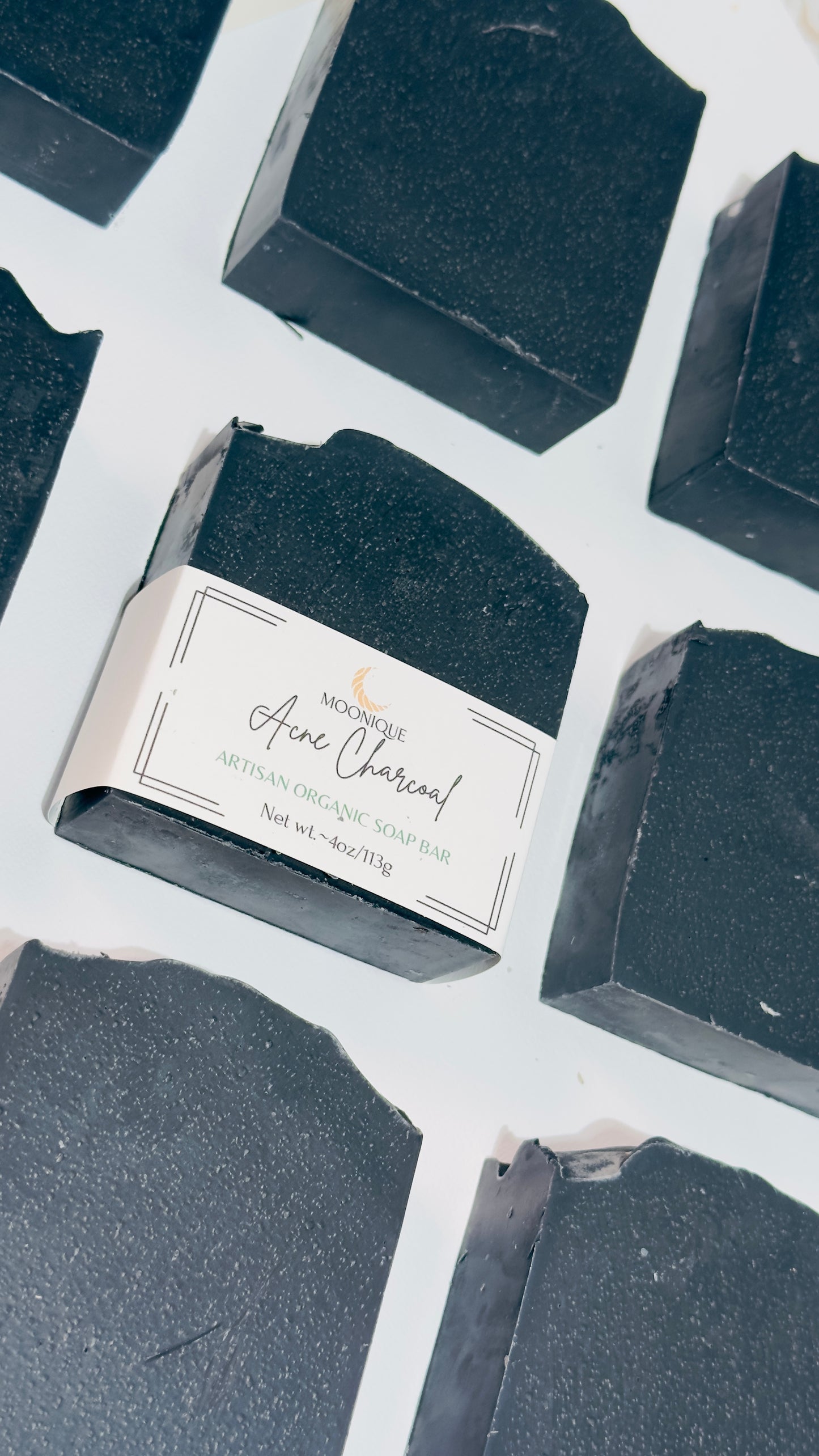
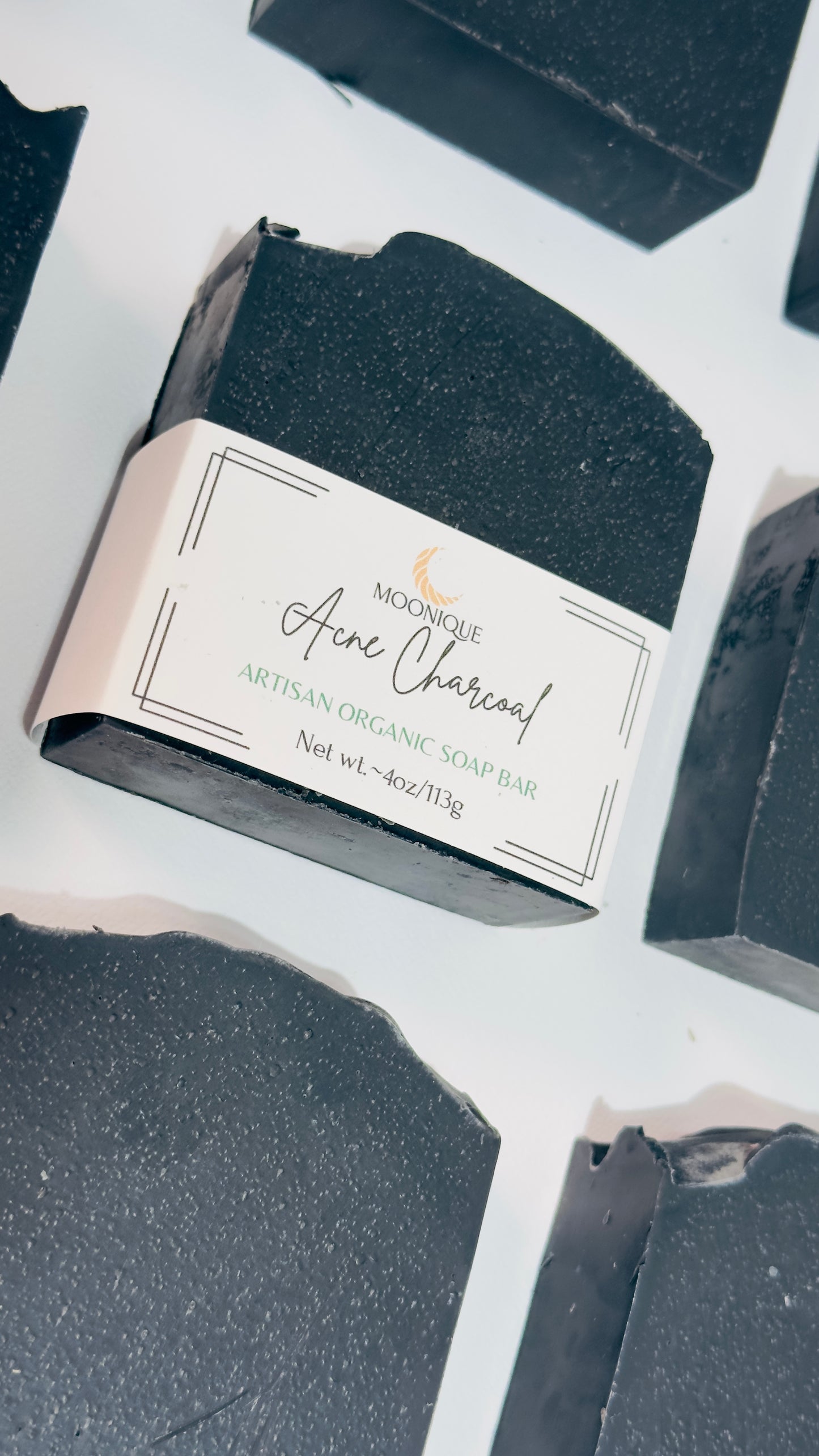
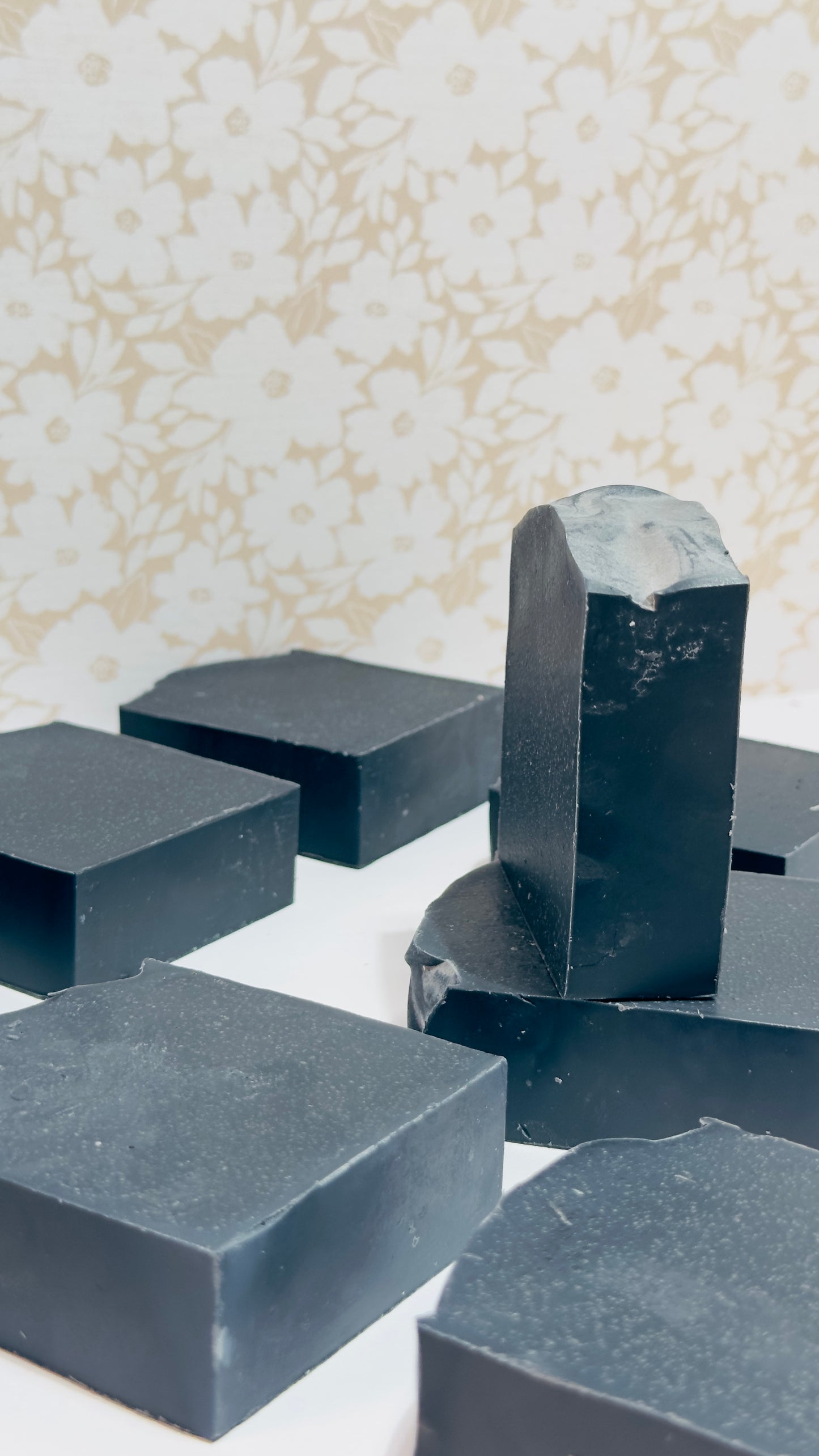
Super organic amazing soap











